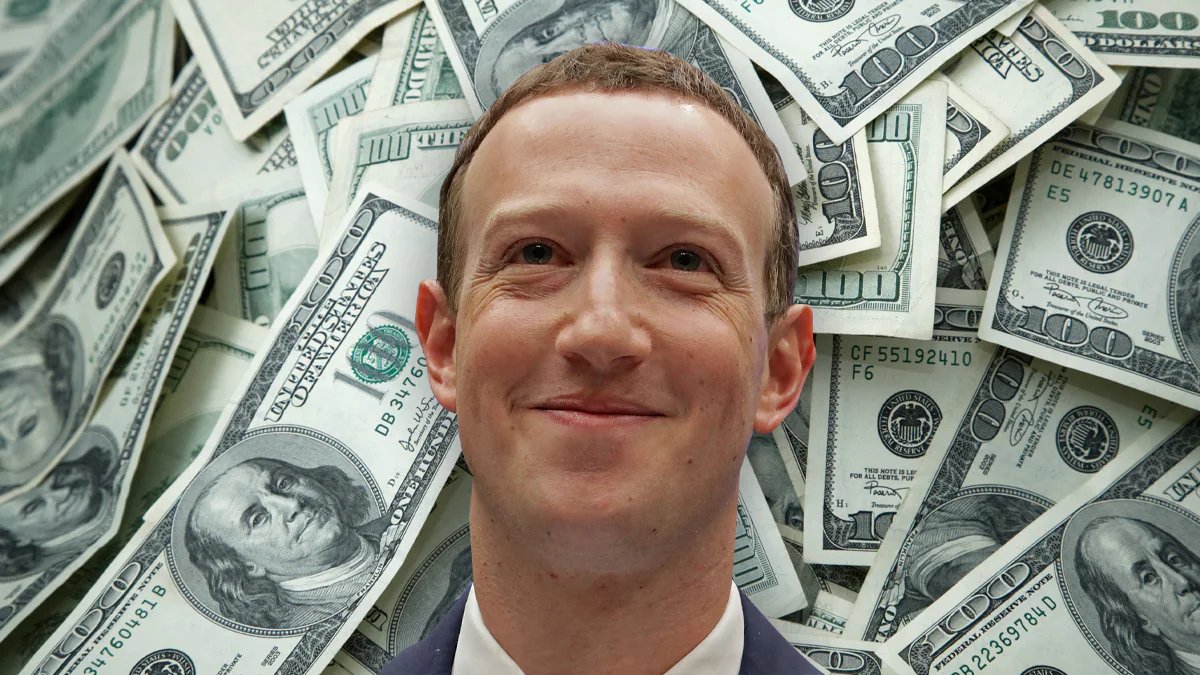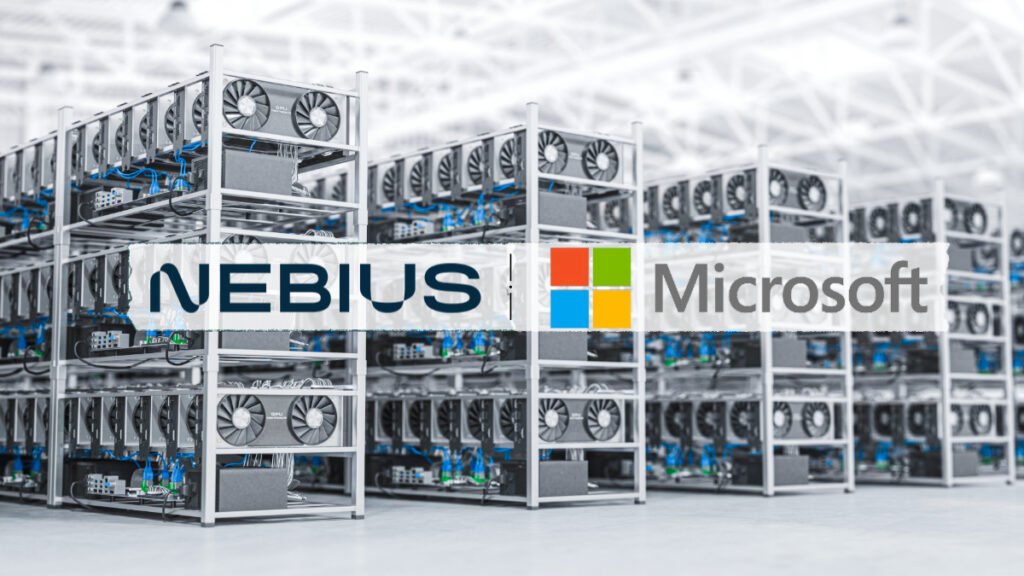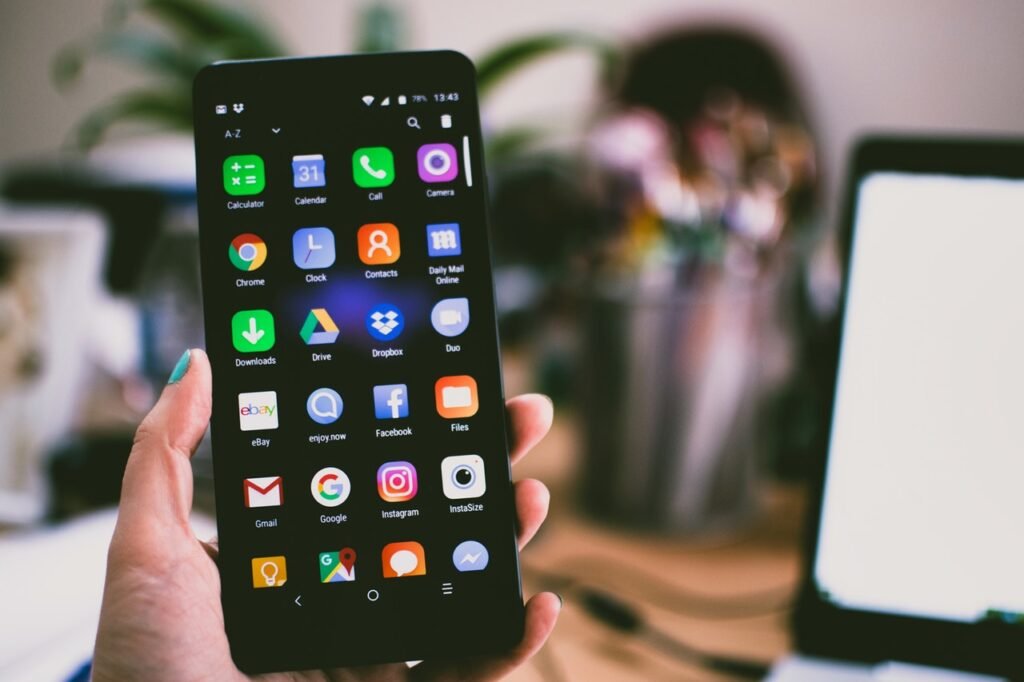Can Facebook’s $1 Billion Spend on Content Keep Creators Happy?

User content is very valuable in the media business — so much so that companies are paying people to create more of it.
Tech companies, in particular, are investing more dollars into content creation, from livestreaming video and audio to adding short-form video features in hopes that they go viral. Facebook in July said it would shell out $1 billion to content creators for bonus programs and incentives that meet the social media giant’s social metrics.
By the end of 2022, Facebook will invest more than $1 billion into programs aimed at getting creators to monetize on Facebook and Instagram. Some of the funds will go toward its recently released Live Audio Rooms and newsletter tool Bulletin, while some money is part of affiliate reward programs for creators who meet eligibility and metric requirements. It includes in-stream ad bonuses in the next four months to select creators and a Stars program for some gaming creators who can get a monthly bonus for reaching specific metrics over the next three months. The programs on Instagram are invite-only to include bonuses for using IGTV ads and badges in Live and Reels features.
The move follows TikTok’s development of a Creator Fund last year, which will divert more than $2 billion to content creators over the next three years. In May, YouTube said it would put $100 million into its Shorts feature for short-form videos. Alphabet, which owns YouTube, said this is in addition to some $30 billion the company has paid out to creators over the last three years.
Facebook’s plans, however, were short on details into exactly how it would spend $1 billion to boost content creation for its social media apps, which includes WhatsApp, Instagram and Facebook. And many questions remain as to whether the move can ultimately keep creators — from gamers to small businesses — on its platforms to compete with fast-growing newcomers such as TikTok and Clubhouse.
“It’s a drop in the bucket for them,” said Greg Fell, CEO of social media app Display, “and they really put some very strict things in how people can monetize that.”
Fell is referring to the requirement that Facebook places on its invite-only bonus programs. In order to get a payout through video ads, for instance, creators need to have at least 10,000 followers and 600,000 total minutes of view time in the last 60 days. A Facebook spokesperson said there are no details available yet on the programs supporting smaller creators or those just starting out. “Ultimately, we want to help as many creators as possible. We will design bonus programs with aspiring and emerging creators in mind, so no matter where they are in their career, there will be bonuses that are achievable,” the spokesperson said.
Launched in May, Fell’s Connecticut-based company is offering creators a 50% revenue share on ad-supported content — a model that he said is not only profitable, but more closely aligned to the entertainment industry that compensates artists and creators for their work. Display ads pays for all types of content, and there is no criteria to have a certain number of followers. “Everyone monetizes,” he said.
“Facebook’s program is designed for entertainment companies that have long-form content, and can edit their content, not for the 99.99 percent of Facebook, which is why this is such a small number in relation to their revenues,” Fell said in an interview. “The short answer is ‘spin.’ They don’t want to really share their revenues with creators. They will share with large media conglomerates because they have to in order to compete.”
Display
In the last two years, singer Bridget Kelly found herself posting less on some of the larger platforms, including Facebook and Instagram, when she said they started behaving more like corporations. Whether it’s changing their algorithms or cutting out artists to go directly to advertisers and sponsors, platforms like Facebook and Instagram don’t actually work with creators to protect and monetize their content, she added.
“They have started to operate like middlemen that are not really conducive to content creators getting their content out there, in order to promote effectively,” Kelly told TheWrap. “A lot of these apps function like big banks and big corporations now, instead of being on the side of advocacy for content creators. A lot of these larger companies are operating like bullies, just trying to make as much money for themselves without honoring the process and effort that comes with all of this content.”
On Display, Kelly said she can work directly with sponsors and partners to manage her business. On YouTube, where she has 41,300 subscribers, it’s hard to monetize because of the way the platform makes money off of advertising and partnerships. There are side deals struck between the platforms and companies that cut out the creators, while money was being made off their content. Kelly said artists should look for a platform that allows them to directly manage their audience and the monetization.
“(YouTube does) Google ads with a totally separate contract that has nothing to do with anything that we see as revenue on our pages,” Kelly said. “There’s a lot of regurgitation and repurposing happening without our permission as creators and also without being able to benefit from it. … I pulled back pretty drastically from Facebook. You’re a little fish in a big pond; it’s not about the quality of the content, not about the creator. It’s about whoever is going to throw the most money at Facebook.”
Display recently reached 5 million downloads, and Fell said more celebrities are signing up to monetize the content they’re already creating, with music content performing well so far. It also offers a 50-50 split with creators on revenue generated through its other features including e-commerce.“It proves the premise that we’re on the right track that creators need to be compensated,” Fell said. “We see this move by Facebook, frankly, as a defensive one. They’re on track to make almost $100 billion this year. They’re not going to want to give that up to the creators unless they have to.”
Just in terms of video, Facebook pays 55% of profit from video ads to creators and keeps 45%, but the company did not provide viewership or engagement data for its platforms. Facebook’s current bonus program is invite-only, and it is unclear how much businesses and creators have actually made by putting their content on Facebook’s platforms.
What is known, however, is that Facebook, much like the rest of Big Tech, saw a blowout quarter this year thanks to the current digital ad boom. In Q2, Facebook’s ad revenue ($28.6 billion) grew by 55%, and this year it joined Apple, Amazon, Microsoft and Alphabet reaching a $1 trillion valuation.
Yet, when it comes to video engagement on social media, Facebook may still have a ways to go before catching up to YouTube’s growth. A survey by Pew Research Center this year found that eight in 10, or 81%, of Americans say they use YouTube, while usage of Facebook is 69%. There are more than 2 billion users on YouTube, generating 1 billion hours of videos watched daily. Facebook remains one of the largest social networks with 2.9 billion users.
In recent months, social companies began pivoting to longer videos in the aim to attract more engagement. TikTok bumped up its 60-second videos to up to three minutes, while Instagram said it would introduce full-screen features and video recommendations to the app. There are also efforts underway to integrate more e-commerce into their social content.
Another reason why social media companies are vying for creators? Influencer marketing. eMarketer estimated influencer marketing spending to grow more than 30% this year to hit $3 billion and exceed $4 billion next year. But eventually, people may experience “influencer fatigue,” growing weary of influencer ads and promoted products — and instead prefer more user-generated content, said Adam Dornbuschicon, CEO and founder of Oakland-based Entribe. That’s where investing money into creators could help.
“It’s great for the creator community to spur more authentic content,” said Dornbuschicon. “But I also think (Facebook is) doing it out of a need. They’re getting beaten up by TikTok, they’re losing some privacy rules through Apple. So they’re getting hit from both sides there, and people are getting influencer fatigue.”
On EnTribe, a platform for managing creators, creators are rewarded based on the quality of content rather than the amount of followers. Before EnTribe, Dornbuschicon was at GoPro building its community content and rewards program. They found a 30-second video of a dad, who did not have a huge following, throwing his baby into the air. GoPro ended up making that into a Super Bowl commercial, and that creator made some $100,000 out of it.
Now, people are embracing the more authentic, relevant kind of content created by users. It no longer has to be highly produced and professional in order to get traction, said Dornbuschicon. Because of this, social media networks will continue to compete for creators, both small and large, in order to capture engagement and look especially for those opportunities to go viral.
“There’s a lot more competition out there for a lot of these smaller platforms but if you’ve got something that can go viral like TikTok, it can definitely come after Instagram and Facebook. And they’re not going away anytime soon,” Dornbuschicon said.
With so many options today, most creators will post across all the platforms to maximize their reach and profits, but some creators are realizing that apps like Facebook and Instagram do not have their best interests in mind — despite the cash they’re shelling out. But Dornbuschicon and Fell both agree the industry will see more investments for content from big companies like Facebook.
“Entertainment is what these platforms are now becoming, but they’re going to invest more kicking and screaming,” Fell said. “Certainly Facebook is going to have to invest more than the measly amount they came up with if they’re going to compete against the share of your eyeballs with people like Netflix. They’re going to have to up their game, but they’re going to do it slowly.”
Read More
Be the first to write a comment.



